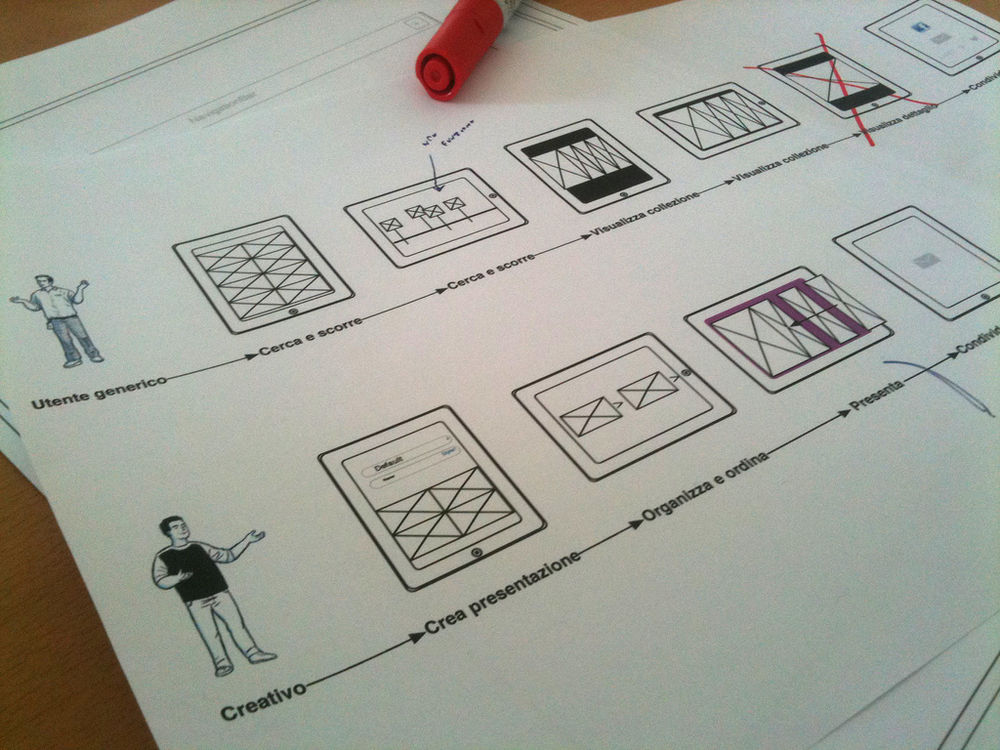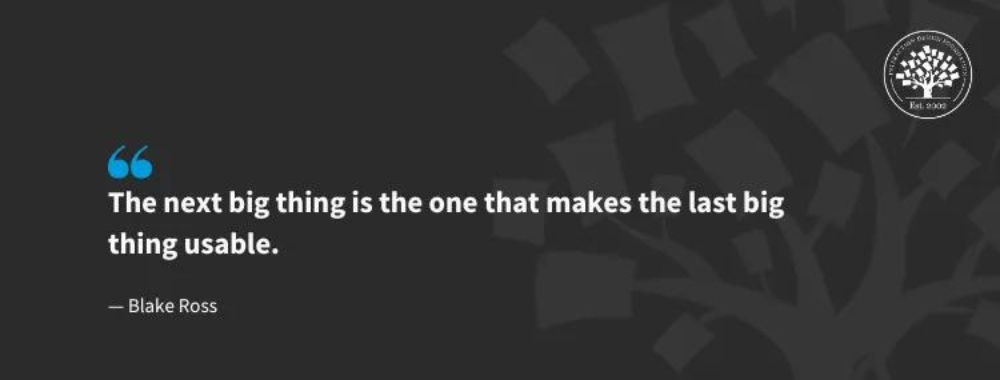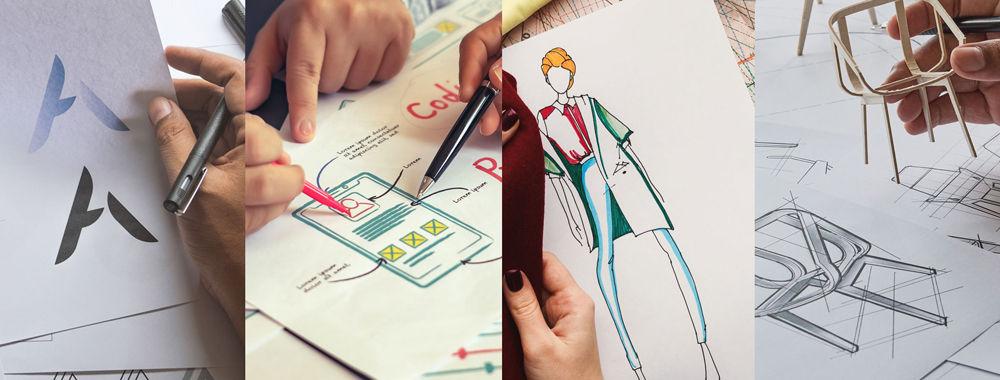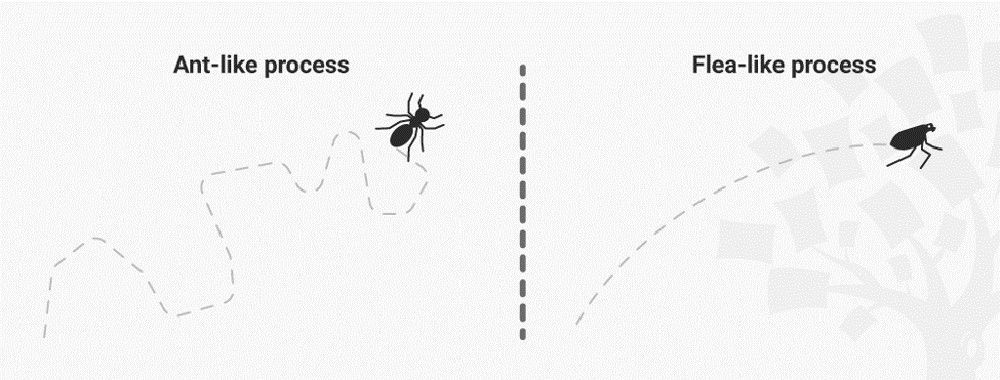In your role as a designer, coming up with creative and innovative designs and ideas that should have a positive impact on both users and business is part of the job description, whether you are employed, a student or an entrepreneur. Sometimes, though, devising the next great idea can be a challenge, especially when a client’s requirements for a project are vague or when a project is in a totally different realm from what you know. When studying creativity and innovation, researchers have often turned to entrepreneurs to deduce how they get the next idea and achieve success. Here, you will learn the basic cognitive strategies that make top entrepreneurs successful and learn how you can implement them to become more innovative and action-oriented. Let’s look at effectuation now.
Effectual Reasoning
“A wise man will make more opportunities than he finds.”
—Francis Bacon, Elizabethan English philosopher and writer (the above is from his work, The Essays)
Author and associate professor in entrepreneurship Saras D. Sarasvathy has done extensive research on what makes successful entrepreneurs entrepreneurial—determining that they are innovative and action-oriented. She found that a large number of entrepreneurs use a type of thinking that she termed ‘effectual reasoning’. With effectual reasoning, your starting point is that the future is unpredictable—so, rather than defining a specific plan to reach a specific goal, you focus on what means are available to you right now. Here, we will teach you some basic strategies of effectual reasoning that you can easily apply to different types of creative projects, but first you need a more detailed understanding of what effectual reasoning is and how it differs from other types of reasoning.
To study entrepreneurial thinking and problem solving, Sarasvathy interviewed 27 founders of highly successful companies in different industries. She also gave the founders a case study with a product idea and asked them to solve 10 decision problems related to that idea. What her findings showed was that at the beginning of a project, where there are many uncertainties about the outcome and how to achieve it, the founders did not spend time defining a direct path to the end goal. Instead, they started acting with whatever means were available to them and accepted that the end goal would change according to the outcome of their actions. This more or less chimes in with human nature, anyway—seldom can anyone sail through from the drawing board to the end result with the latter looking exactly how it had appeared as a concept in, say, an 18th-floor conference room. In the same way as the universe throws many ‘reality curveballs’ in other areas of our existences (which many people tend to dismiss simply by saying, “That’s life!”), this mode of thinking is ideal for navigating through uncertainty. The future thus becomes like a curving corridor of possibilities and changing circumstances, but one that we help create. Sarasvathy calls the belief that the future is not predicted but created through our actions the Pilot in the Plane Principle.
“Those waiting for the perfect idea will have to be patient, while those taking action will likely create something interesting and then need only figure out how to make a business of it.”
—Stuart Read, Saras Sarasvathy, Nick Dew, Robert Wiltbank and Anne-Valérie Ohlsson in the book Effectual Entrepreneurship
Sarasvathy mentions that effectual reasoning is the opposite of causal reasoning, which is taught at most business schools. Normally, we learn that we should have a detailed strategy with a clearly defined end goal and a clear description of the milestones we need to reach so as to get there. The two types of reasoning have value for different types of projects:
- Projects with a high degree of certainty
In projects with a high degree of certainty, having a detailed strategy makes sense. Let’s say you have designed an app for a customer, and now the customer asks for a new feature to appear in the next version of the app: e.g., a search functionality. The customer knows what the feature should do; she knows who the target group is, and you have previously designed something similar in other apps. In this type of project, you would be best off using causal reasoning and creating a detailed strategy for what you should do and when it needs to be done.
- Projects with a high degree of uncertainty
A lot of projects have a high degree of uncertainty. You might be asked to design a new app with the main requirement that it is successful for a specific target group; you might be asked to come up with an idea for a new feature that will increase the number of downloads of an app, or you might be looking for the next good idea for a new business or project—without having a clear idea of what it should be. In those situations, making a very specific plan with clear milestones and a clear goal will prove difficult. Creating a specific strategy will require a lot of research, and—even with research—you might learn something along the way that could change the focus of the project completely. This is where effectual reasoning can be an advantage. Rather than trying to define a goal and how to end up there, you start by looking at what resources are available to you right now and how you can use them to get started working on the project. As you work and learn, you should change the course of your project depending on what opportunities arise.
Sarasvathy describes three resources or means that are available to everyone that you can use as a starting point:
- Who you are
- What you know
- Whom you know
She calls this the Bird in Hand Principle.
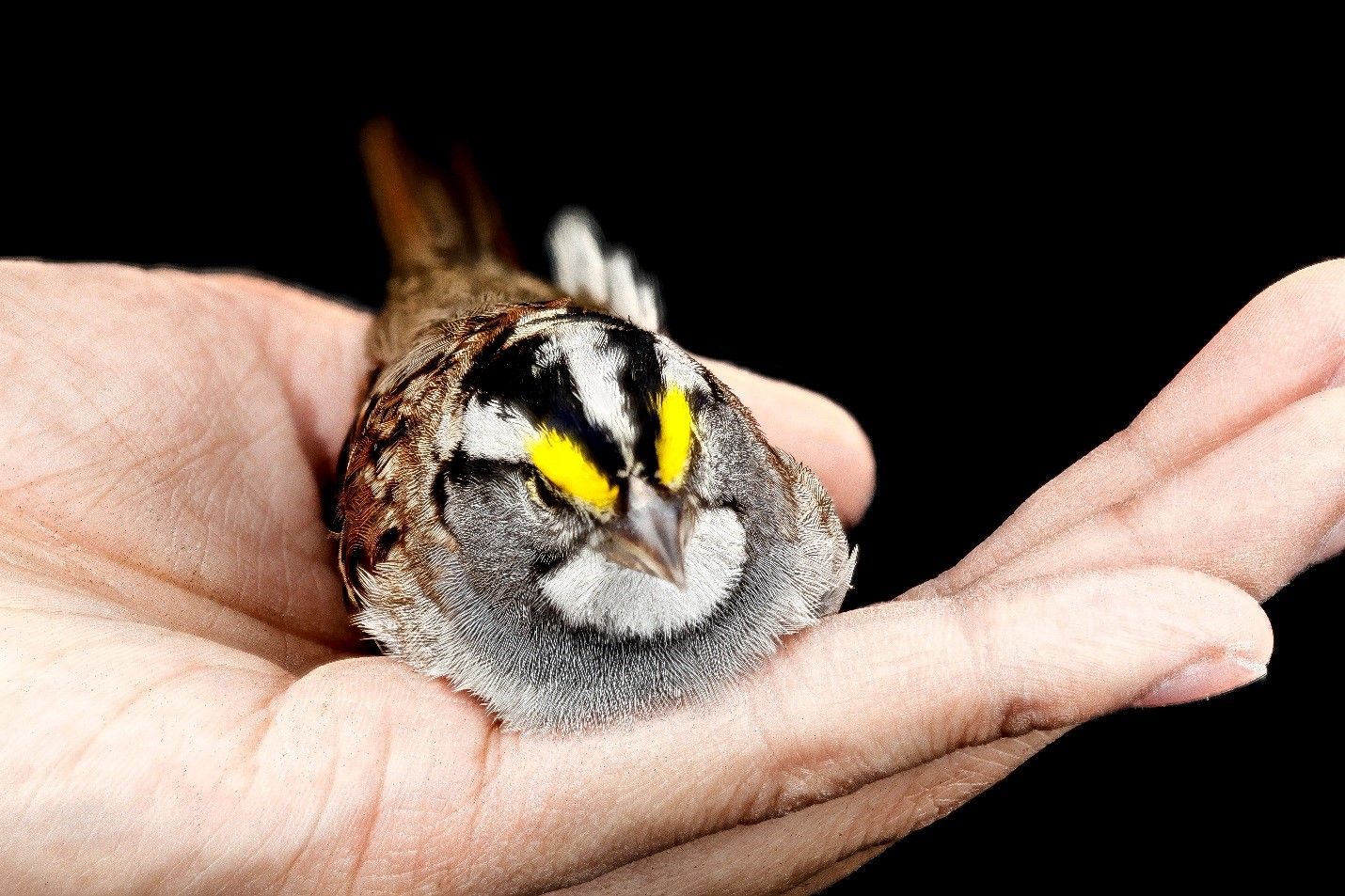 Author/Copyright holder: USGS Native Bee Inventory and Monitoring Laboratory from Beltsville, USA. Copyright terms and licence: CC BY 2.0
Author/Copyright holder: USGS Native Bee Inventory and Monitoring Laboratory from Beltsville, USA. Copyright terms and licence: CC BY 2.0
According to the Bird in Hand Principle, you should focus on what means are readily available to you rather than on where you want to end up.
The Bird in Hand Principle
“There are three categories of means available to all human beings: who I am, what I know, and who I know.”
— Effectual Entrepreneurship. Stuart Read, Saras Sarasvathy, Nick Dew, Robert Wiltbank and Anne-Valérie Ohlsson
We have established that in projects with a high degree of uncertainty you should start acting based on the means readily available to you, rather than spending a long period strategizing. That said, we have not yet addressed how you go about that, if you are unsure of your competencies or if you are not used to acting according to effectual reasoning. Let’s go into more detail as regards how you can map what resources are available to you based on who you are, what you know and whom you know.
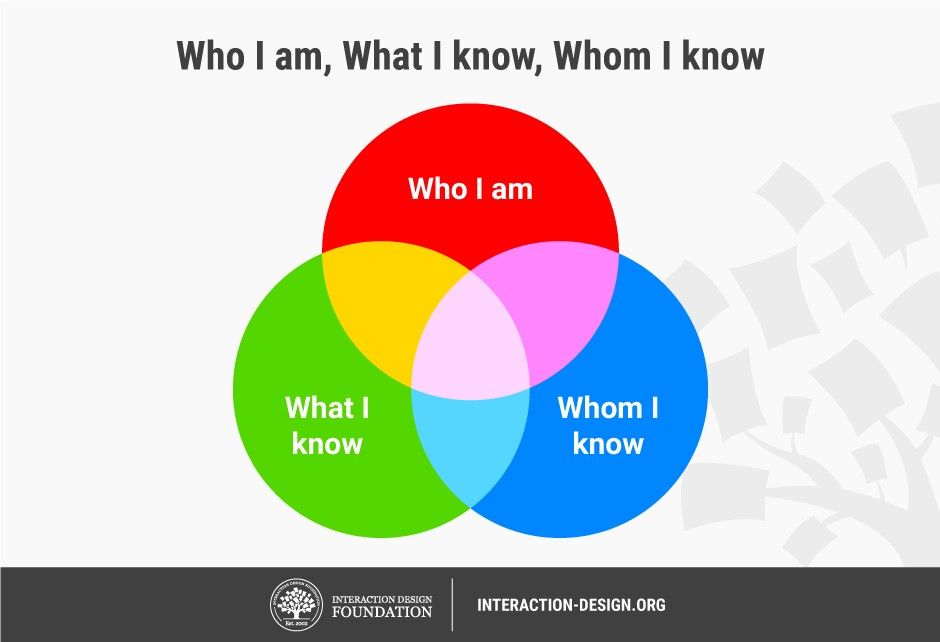 Author/Copyright holder: Teo Yu Siang and Interaction Design Foundation. Copyright terms and licence: CC BY-NC-SA 3.0
Author/Copyright holder: Teo Yu Siang and Interaction Design Foundation. Copyright terms and licence: CC BY-NC-SA 3.0
If you want to get a clearer idea of what means are available to you, you can start by taking a closer look at who you are, what you know and who you know.
Who I am
“Knowing yourself is the beginning of all wisdom.”
— Aristotle, Classical Greek philosopher and one of the founders of Western philosophy
Who I am relates to your identity: your values, attributes and abilities. This is not what we usually think about when we consider our means in a professional setting. Nonetheless, obviously, your identity has a big influence on your work, and it also overlaps with your more professional competencies. As Sarasvathy says, who you are is one of your unique competitive advantages, because no one else is exactly like you. Multiple studies have shown that one of the primary factors in whether we enjoy our work is that we consider it meaningful (see, e.g., Fletcher & Robinson, 2016). That is, we know we enjoy what we do for a living if it corresponds with our values. If you are a person who values beauty and aesthetics, you will be motivated and efficient when working on a project where the look and feel of a product is important. If you place a high value on taking care of the environment, you will be more efficient and happier working on a green energy project than for an oil company. If you have an outgoing personality and the ability to connect well with others, you will obviously be able to use that to your advantage in projects that require contact with a lot of people or where you need to motivate others.
 Author/Copyright holder: Marco Belluci. Copyright terms and licence: CC BY 2.0
Author/Copyright holder: Marco Belluci. Copyright terms and licence: CC BY 2.0
We do not always have a clear overview of our identities, but mapping out our values and attributes can help you use your strengths in new projects.
That your personality influences your work and what you are good at is obvious, but many of us do not have a clear overview of exactly what our values are or what personal attributes we can use in a work setting. If you want to discover new opportunities for innovation and creativity mapping your values can help. Here’s a simple value mapping exercise:
Value Mapping
- Start by writing down as many of your personal values as you can think of. Think about what makes you motivated and committed in everyday life and work. It might help you to think about past and present projects and what motivated you about them—e.g., learning new things, helping others, innovation 0r financial success.
- Next, sort the values depending on whether they are always important, sometimes important (depending on the project) or only occasionally important (only in very specific instances).
- Use the value list to choose future projects or to create changes to your current work projects—so that they are better aligned with your values. Ideally, values from your ‘always important’ list should be present in any project you work on. Values from the ‘sometimes’ and ‘occasionally’ list do not need to be present, but you should reflect on them in each new project so as to explore whether they are important in this specific case.
This mapping will help you choose a direction for new projects or maybe change direction in current projects. You might be surprised to discover values you did not realise were important to you.
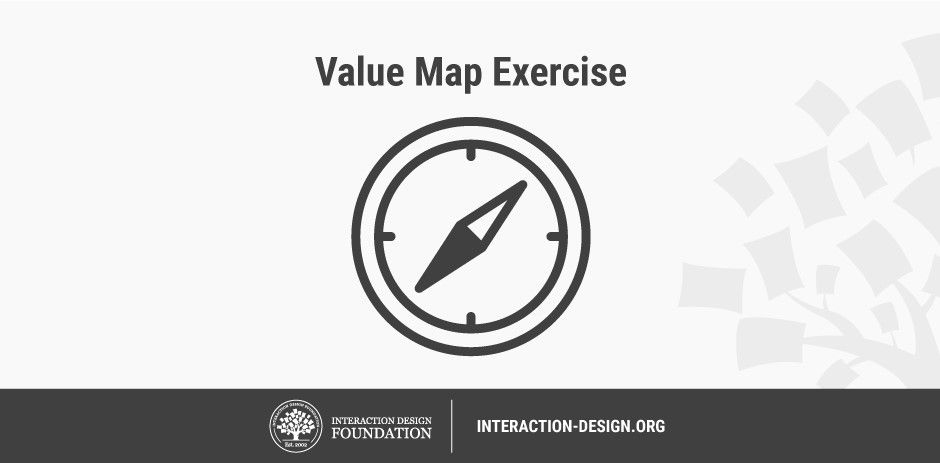 Author/Copyright holder: Teo Yu Siang and Interaction Design Foundation. Copyright terms and licence: CC BY-NC-SA 3.0
Author/Copyright holder: Teo Yu Siang and Interaction Design Foundation. Copyright terms and licence: CC BY-NC-SA 3.0
You can download and print our Value Map Exercise template to help get started with using the method:


What I know
Defining what you know is somewhat more straightforward than defining who you are, in so far as it relates to your professional competencies. If you reflect on your education, professional training and the types of tools and projects you have worked on previously, you should get a pretty comprehensive list of what you know. If you are looking for new opportunities, creating a list of your professional competencies can be a good way to remind yourself of skills that you no longer use that might be relevant for new projects. However, in Sasrasvathy’s sense, what you know is not just related to tangible professional competencies but also to more intangible personal competencies that lie somewhere between who you are and what you know. Examples of more intangible competencies could be that you are good at making decisions or that you are good at empathising with users. Some of these competencies you are probably aware of, but others might be easier for other people to recognise as being qualities that are present within you. Getting distance on ourselves is often too hard a task for most of us to find all aspects of ourselves and objectively so. So, having others help you map out your competencies can show you competencies that you were not previously aware of, and it can help you discover new opportunities. You can use this competence mapping exercise:
Competence Mapping
For this exercise you need to gather 2-5 people who can help tell you. You should all have a pen and Post-its. One person interviews you; the other people observe and take notes.
When you are interviewed, think of a success story: some smaller or larger project that you felt was a success (at work, your studies, as an entrepreneur, etc.). Tell the others very concretely what happened and what you did.
The person interviewing helps by asking follow-up questions during the story:
- What concretely did you do?
- How did you solve that problem?
Participants who are observing note down all the competencies and personal qualifications they hear in your story: 1 Post-it for each qualification. These can be personal as well as professional competencies: e.g., sketching, decisiveness, empathy, etc.
After the interview, you do a shared reflection. Each person gives you his/her Post-its one at a time and explains what he/she has written down and why. Since you are all gathered, you can return the favour and take turns interviewing each other.
After the session, do your own individual reflection. Think about whether some of the competencies surprised you. How might you use those in a project? Choose 3 competencies, and describe how you can put them to use in a project you are working on, in a way that is different from what you are doing now.
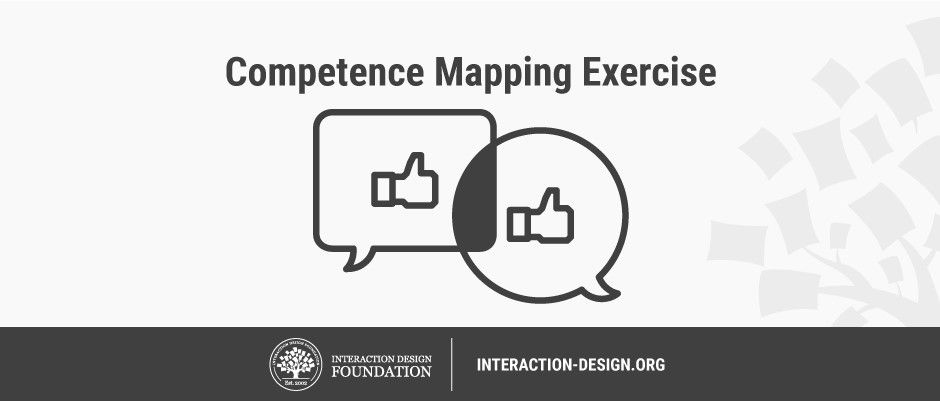 Author/Copyright holder: Teo Yu Siang and Interaction Design Foundation. Copyright terms and licence: CC BY-NC-SA 3.0
Author/Copyright holder: Teo Yu Siang and Interaction Design Foundation. Copyright terms and licence: CC BY-NC-SA 3.0
You can download and print our Competence Mapping Exercise template to help get started with using the method.
Whom I know
Whom I know refers to the people in your network. According to Sarasvathy, you should think of the people you know as one of your means and create new opportunities by collaborating with people in your network. Other people can contribute with means that are not available to you, either because of who they are, what they know or whom they know. According to effectual reasoning, you should not just sell your own vision of an idea or problem to people who might be able to help you with your project. Rather than creating a perfect elevator pitch, be open about what the other person’s interests are and how you can create something new together. This will help create more committed collaborations where each person is personally invested in the project. It also means that the project will change whenever someone new becomes involved. Ideally, then, nobody will end up captaining the ‘ship’ and steering it off course from what the collective wants.
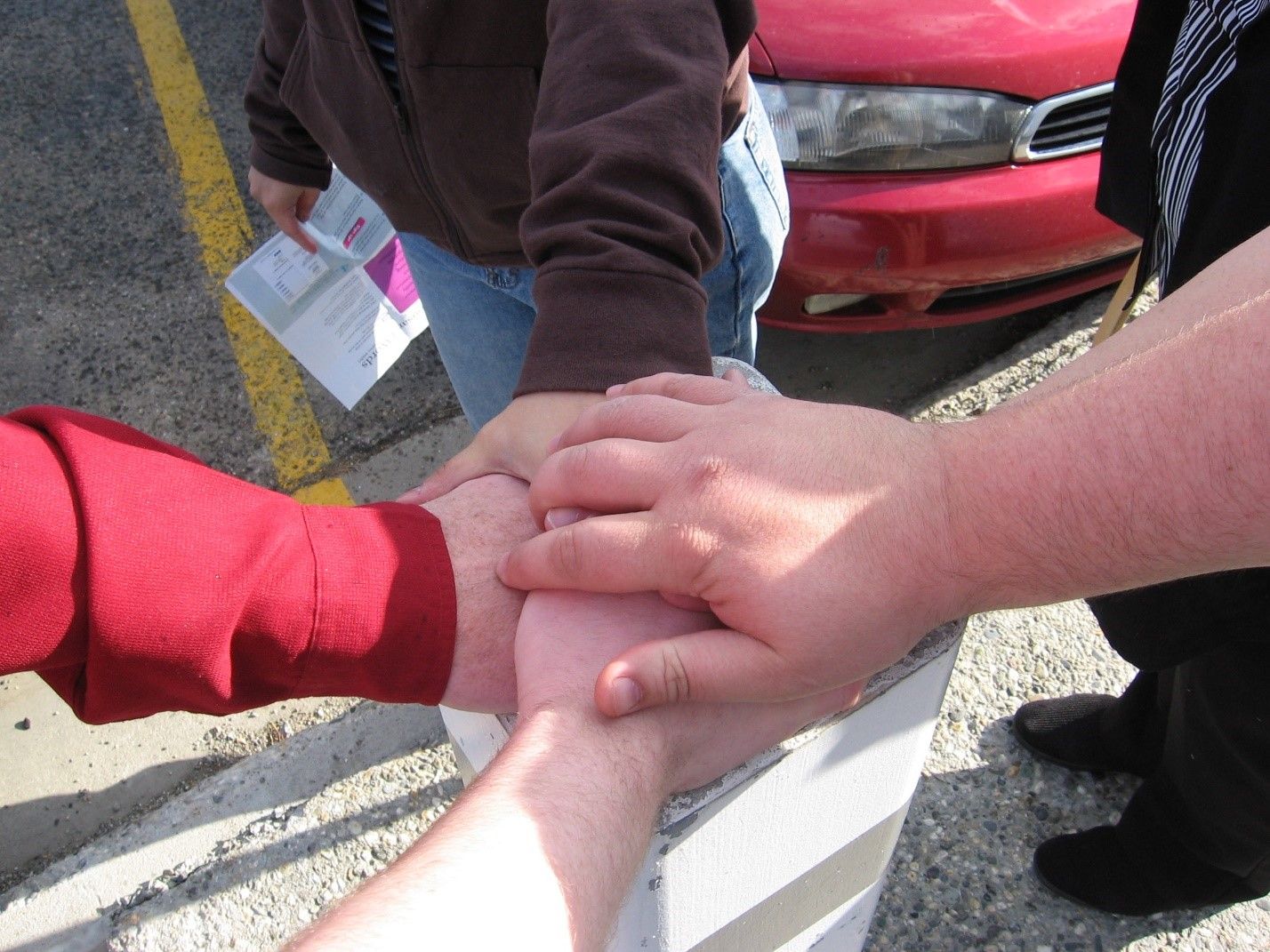 Author/Copyright holder: Chris Lott. Copyright terms and licence: CC BY 2.0
Author/Copyright holder: Chris Lott. Copyright terms and licence: CC BY 2.0
You should be open to changing the direction of your project when you start collaborating with people in your network.
As with values and competencies, mapping out your network can help if you are in doubt of who might be relevant to involve in a project or if you cannot think of someone with whom to collaborate. Here, you might need to think outside your working environment. You can do this network mapping exercise:
Network Mapping
Write down the names of people in your network who might be able to help you in a current or future project. Start with the inner circle and move outwards.
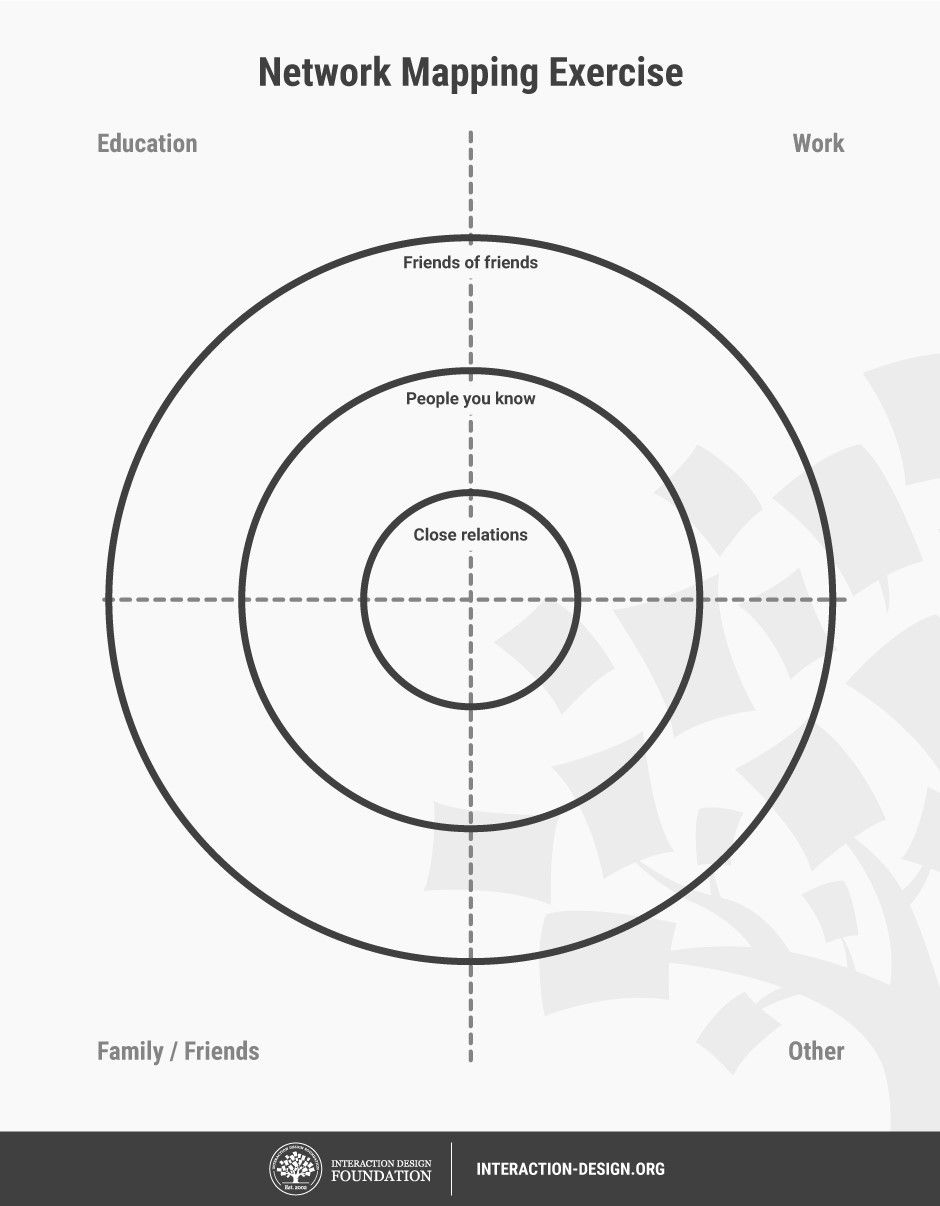 Author/Copyright holder: Teo Yu Siang and Interaction Design Foundation. Copyright terms and licence: CC BY-NC-SA 3.0
Author/Copyright holder: Teo Yu Siang and Interaction Design Foundation. Copyright terms and licence: CC BY-NC-SA 3.0
It’s a good idea to think outside your working environment when you map your network.
When you have described the network, choose the 3 most relevant people whom you would like to contact. Think about what you would like to ask them and why their being contacted by you is beneficial.
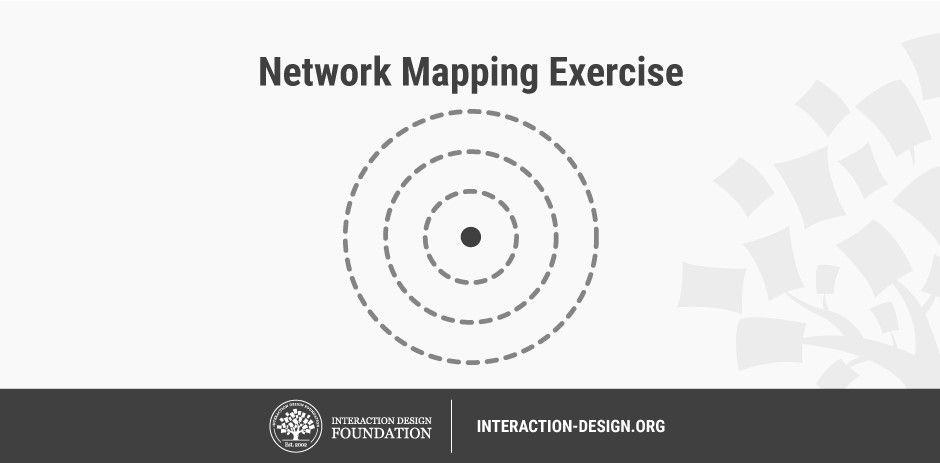 Author/Copyright holder: Teo Yu Siang and Interaction Design Foundation. Copyright terms and licence: CC BY-NC-SA 3.0
Author/Copyright holder: Teo Yu Siang and Interaction Design Foundation. Copyright terms and licence: CC BY-NC-SA 3.0
You can download and print our Network Mapping Exercise template to help get started with using the method.
Now that you have mapped out ‘who you are’, ‘what you know’ and ‘whom you know’, you should have a clearer idea of what means are available to you and how you can use them to stop thinking and start doing.
The Take Away
When you are faced with a difficult creative problem, or if you want to become more innovative, you should stop planning and start acting with whatever means are available to you. Using the Bird in Hand principle, think about what resources are available to you because of who you are, what you know and the people you know, and take a means-driven rather than a goal-driven approach. If you find getting started difficult or you feel that you need to discover new opportunities, taking a closer look at what means are actually available to you—by mapping out your values, competencies and network—will certainly help.
References and Where to Learn More
Saras D. Sarasvathy (2001) What Makes Entrepreneurs Entrepreneurial? Darden Business Publishing. http://www.effectuation.org/sites/default/files/research_papers/what-makes-entrepreneurs-entrepreneurial-sarasvathy_0.pdf
Stuart Read, Saras Sarasvathy, Nick Dew, Robert Wiltbank & Anne-Valerie Ohlsson (2011) Effectual Entrepreneurship. Routledge
The society for effectual action has a lot of material at: http://www.effectuation.org/
Luke Fletcher & Dilys Robinson (2016). What’s the point? The importance of meaningful work. In: Thoughts for the day. IES Report. Brighton (UK): Institute for Employment Studies.

